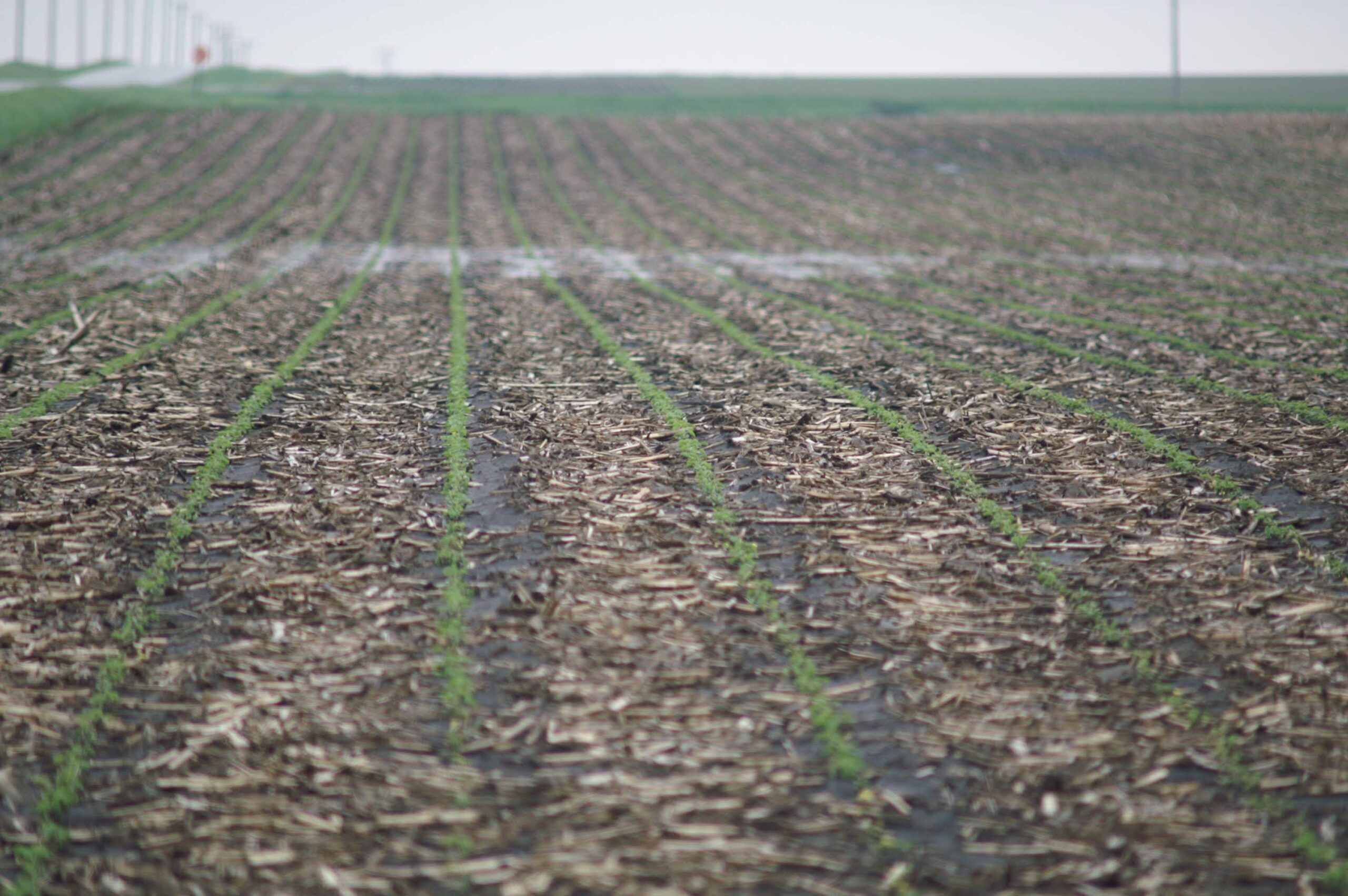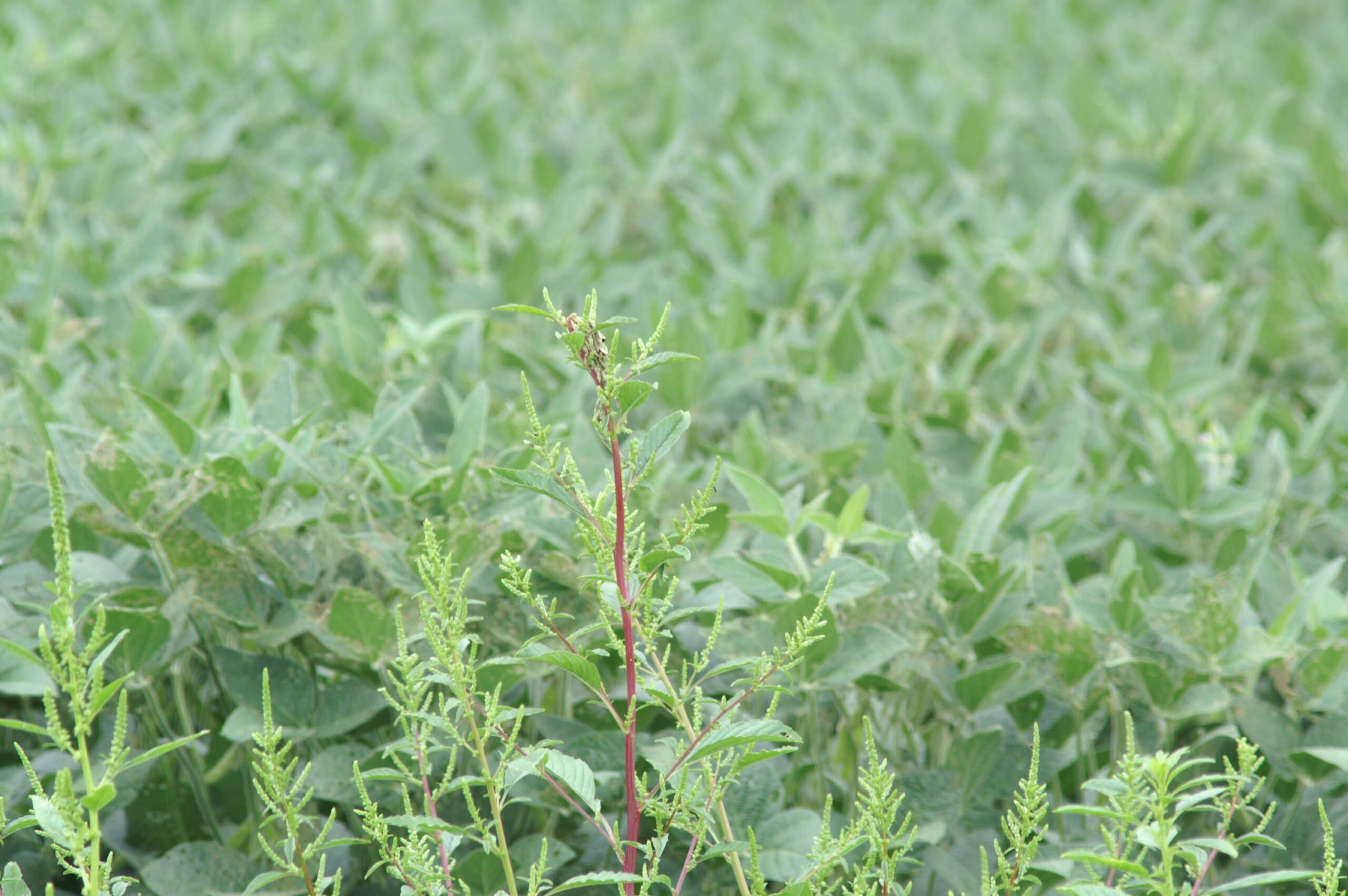October has arrived and the 2018 soybean growing season is wrapping up in Northern Illinois. It’s always interesting, as well as a good idea, to look back over the past six months and see what was in the forefront of our minds as the growing season developed, what we worried about that didn’t impact the crop as much as we thought it might, and what surprised us.

One important recommendation that has been endorsed for improving soybean yields has been planting soybeans “early.” Many growers have taken this recommendation seriously and I’ve seen it being adopted in many operations across the state. The spring of 2018 reminded us that “early” is an extremely relative term. Significant snowfall well into mid-April prevented what in many years would have been termed as early planting. Even if beans were planted at the same time as corn, serious acreage wasn’t put in the ground until the final week of April and the first week of May. Even so, the first planted soybeans in 2018 appear to be giving good results.
May was a month of higher than normal temperatures, and crop development moved along with great speed. I had some concerns about the possibility of Sudden Death Syndrome and White Mold developing in the crop. Both diseases are inoculated into the beans early in the season, with symptoms showing up later. Early on, conditions appeared to be favorable for the development of these two diseases, but the factors necessary for further development didn’t appear and the diseases weren’t a limiting factor in our area.
 Weed control is always challenging, and this year is no different. Waterhemp was the primary challenge and it’s easy to see with all the seed heads spiking above the canopy. Even programs that included layered residuals are challenged to maintain control throughout the growing season. One specific observation for this year – where did all the marestail go? After several years of marestail challenging growers, it came up missing this year. My theory is that late cold conditions helped to reduce populations, but sprayer operators that I talk to said it was just not present in places they have come to expect it. Thanks for small (or not so small) favors!
Weed control is always challenging, and this year is no different. Waterhemp was the primary challenge and it’s easy to see with all the seed heads spiking above the canopy. Even programs that included layered residuals are challenged to maintain control throughout the growing season. One specific observation for this year – where did all the marestail go? After several years of marestail challenging growers, it came up missing this year. My theory is that late cold conditions helped to reduce populations, but sprayer operators that I talk to said it was just not present in places they have come to expect it. Thanks for small (or not so small) favors!
Insect pests weren’t prevalent in the summer of 2018, though University of Illinois’ annual pest survey put Japanese beetles as the top pest of the year. I would agree that Japanese beetle is the No. 1 above ground pest threat to soybeans, but in my region they didn’t cause enough damage in most cases to warrant treatment. Dry conditions in mid-season led some growers to look for spider mites and soybean aphids, but these didn’t appear in any great numbers.
Crop development continued faster than normal with favorable growing conditions, for the most part. When rain came back into the picture in August, I think I heard a collective sigh from both the bean plants and the growers. As the growers moved into harvest mode, it became apparent that corn standability was questionable, as well as the moisture level dropping quickly. This has prompted growers to move toward harvesting corn before soybeans. As of the beginning of October, soybean harvest in Illinois is at 35%, 15 points ahead of the 5-year average. I don’t have yields to report, other than anecdotally they are variable across operations and geography. A word that came up several times in discussions this season is resiliency. Soybeans are such a resilient crop. If we give them more than a passing glance, concentrate on making them a profit center, they will reward our efforts.
This is my final blog post as an ISA CCA Soy Envoy, a role I have played the last two seasons. I would like to thank the Illinois Soybean Association and the Illinois CCA program for the opportunity to participate in this program over the past two seasons. The Soy Envoy program has challenged me to observe and think about soybeans in a different way, looking for ways to help growers improve the profitability of this crop. I have met and interacted with some wonderful soybean advisors from around the state and formed friendships that will last my lifetime. I encourage other CCAs to participate as Soy Envoys if they have a chance.





 and then
and then